CORDIC v6.0
Table of Contents
IP Facts
Ch. 1: Overview
Feature Summary
Applications
Licensing and Ordering
Ch. 2: Product Specification
Performance
Parallel Architectural Configuration
Word Serial Architectural Configuration
Resource Utilization
Port Descriptions
Data Inputs and Outputs
Ch. 3: Designing with the Core
Clocking
Resets
Protocol Description–AXI-4 Stream
Basic Handshake
Non Blocking Mode
Blocking Mode
TDATA Packing
TDATA Structure for Cartesian Channel
TDATA Structure for Phase Channel
TDATA Structure for Output (DOUT) Channel
TLAST and TUSER Handling
TLAST Options
TUSER Options
Functional Description
Vector Rotation
Polar to Rectangular Translation
Example 1: Vector Rotation
Vector Translation
Rectangular to Polar Translation
Example 2: Vector Translation
CORDIC Scale Factor
Output Quantization Error
Example 1a: The quantization error in phase output for a small input vector, (Xin_small, Yin_small).
Example 1b: Quantization error in phase output for a large input vector, (Xin_large, Yin_large).
Sin and Cos
Example 3: Sin and Cos
Sinh and Cosh
Example 4: Sinh and Cosh
ArcTan
Example 5: ArcTan
ArcTanh
Example 6: ArcTanh
Square Root
Example 7a: Square Root - Unsigned Fraction
Example 7b: Square Root - Unsigned Integer
Input/Output Data Representation
Cartesian Operands and Results
Phase Signals
Q Numbers Format
Mapping Different Data Formats
Rotate, Translate, Sin, Cos and Atan Functional Configurations
Example 8a
Example 8b
Square Root Functional Configuration
Example 9
Ch. 4: Design Flow Steps
Customizing and Generating the Core
Tab 1 & 2: IP Symbol and Implementation Details
Page 1 - Configuration Options
Input / Output Options:
Page 2 - AXI4-Stream Options
Cartesian Channel Options:
Phase Channel Options:
Optional Pins
User Parameters
Output Generation
System Generator for DSP
Implementation
Constraining the Core
Required Constraints
Device, Package, and Speed Grade Selections
Clock Frequencies
Clock Management
Clock Placement
Banking
Transceiver Placement
I/O Standard and Placement
Simulation
Synthesis and Implementation
Ch. 5: C Model
Features
Overview
Unpacking and Model Contents
Installation
Linux
Windows
C Model Interface
Data Types
Data Values
Functions
Information Functions
Initialization Functions
Execution Functions
Compiling
Linking
Linux
Windows
Dependent Libraries
Example
Ch. 6: Test Bench
Demonstration Test Bench
Using the Demonstration Test Bench
Demonstration Test Bench in Detail
Customizing the Demonstration Test Bench
Appx. A: Upgrading
Migrating to the Vivado Design Suite
Upgrading in the Vivado Design Suite
Parameter Changes
Port Changes
Latency Changes
Instructions for Minimum Change Migration (v4.0 to v6.0)
Parameters
Ports
Functionality Changes
Simulation Changes
Appx. B: Debugging
Finding Help on Xilinx.com
Documentation
Answer Records
Master Answer Record for the CORDIC Core
Technical Support
Debug Tools
Vivado Design Suite Debug Feature
Reference Boards
C Model Reference
Third-Party Tools
Simulation Debug
AXI4-Stream Interface Debug
Appx. C: Additional Resources and Legal Notices
Xilinx Resources
Documentation Navigator and Design Hubs
References
Revision History
Please Read: Important Legal Notices
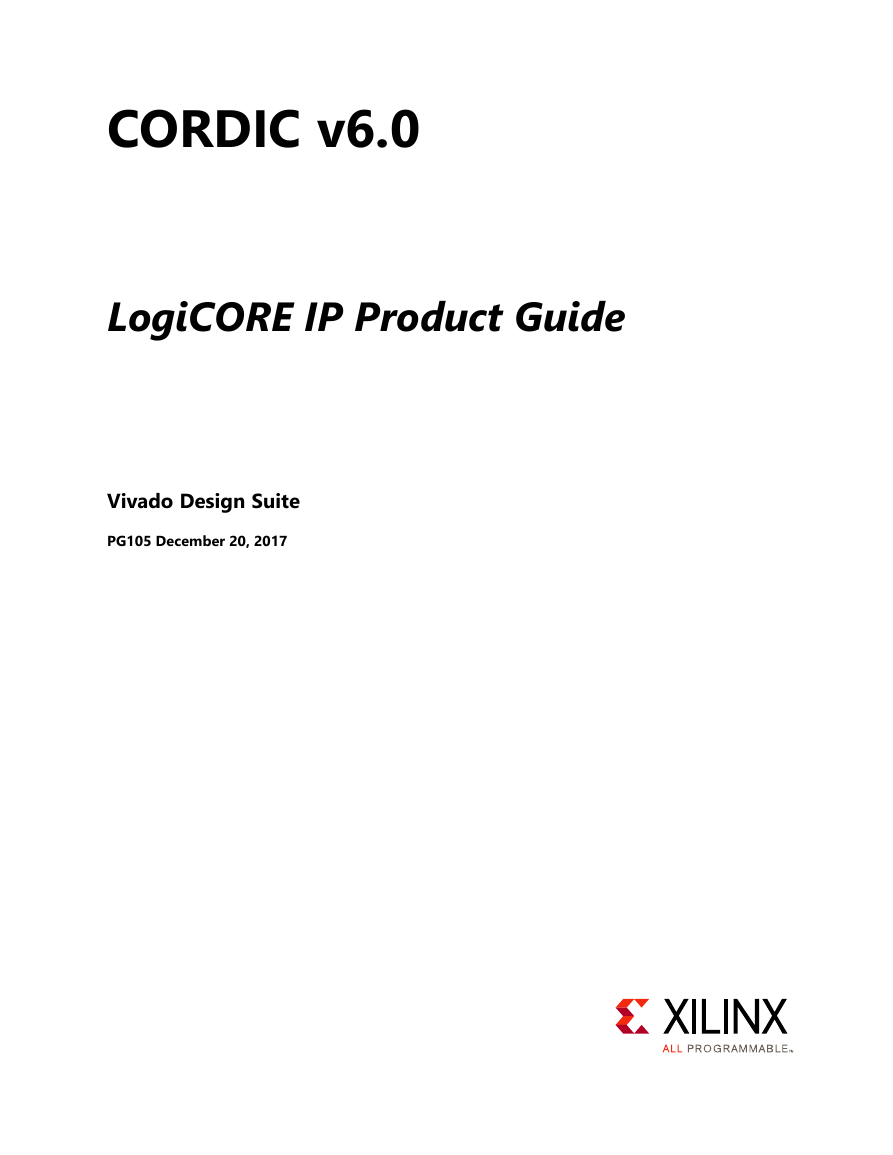

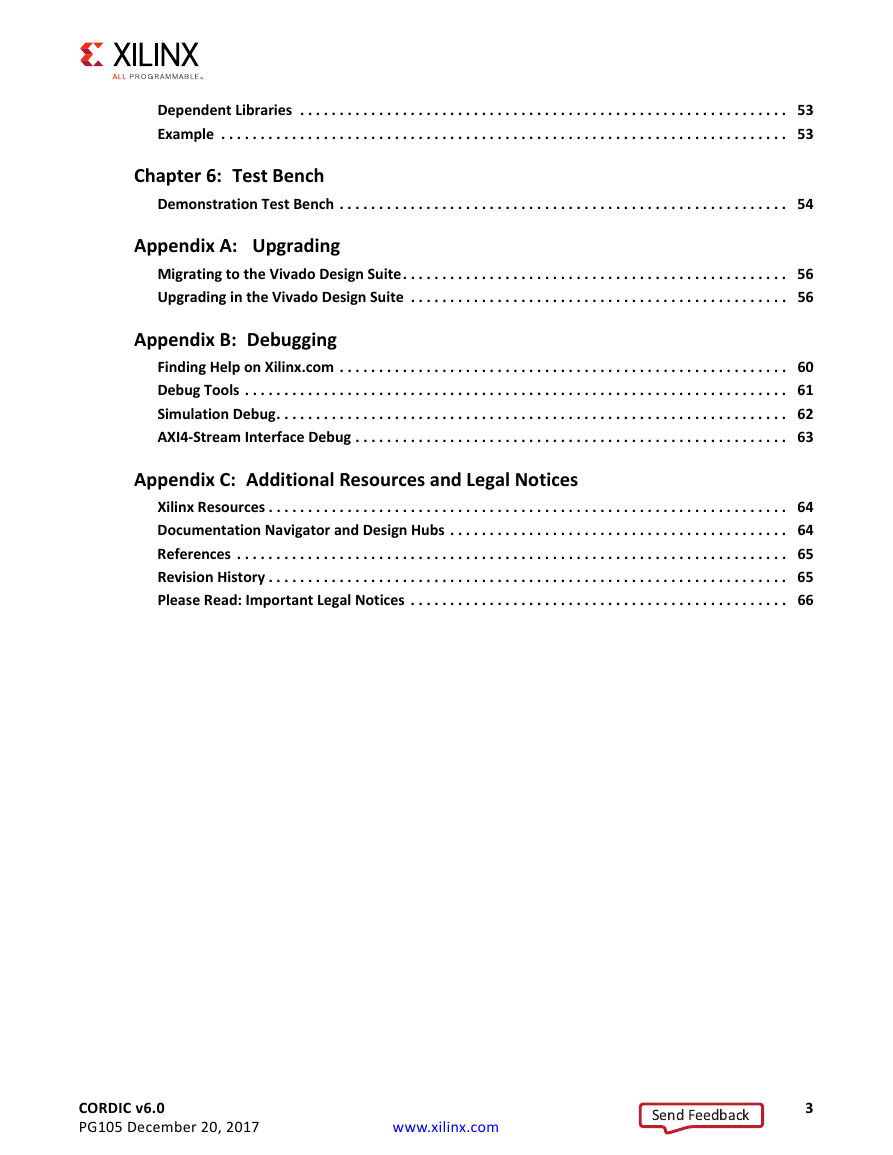
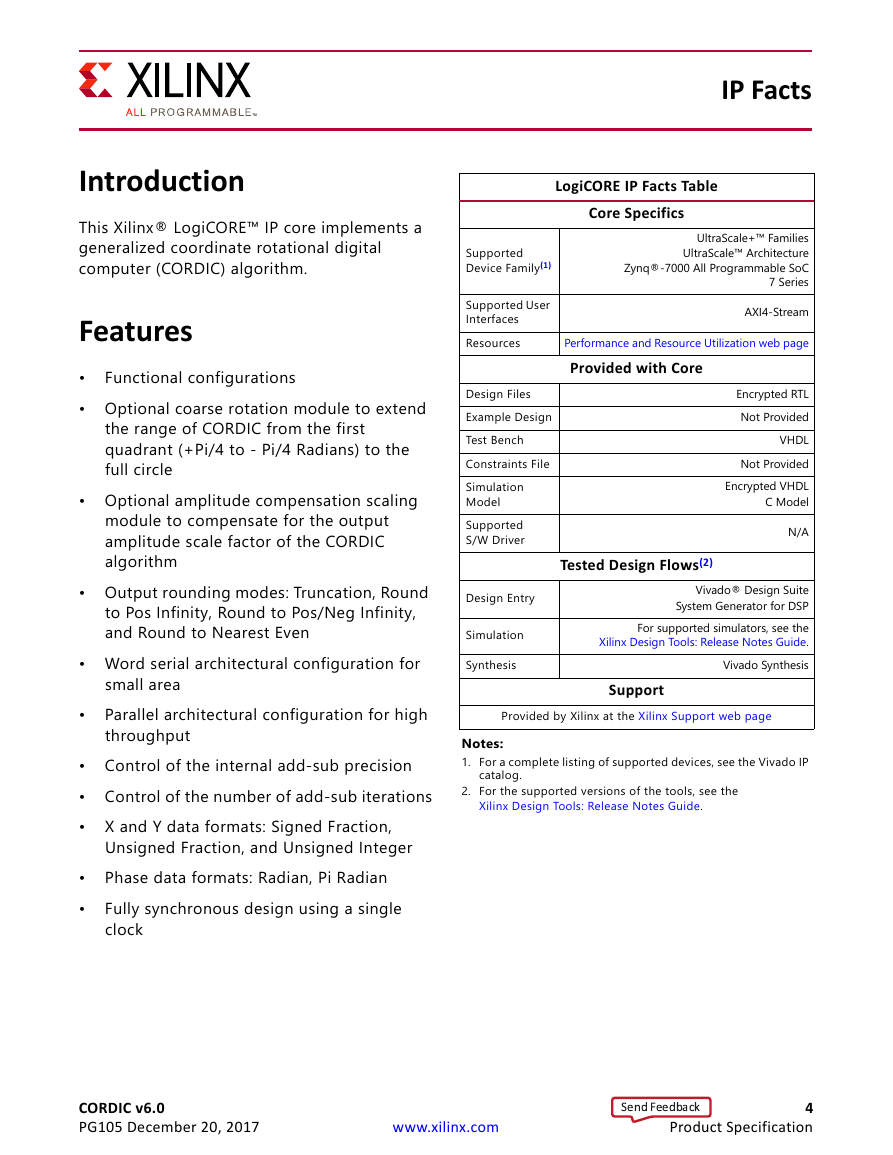
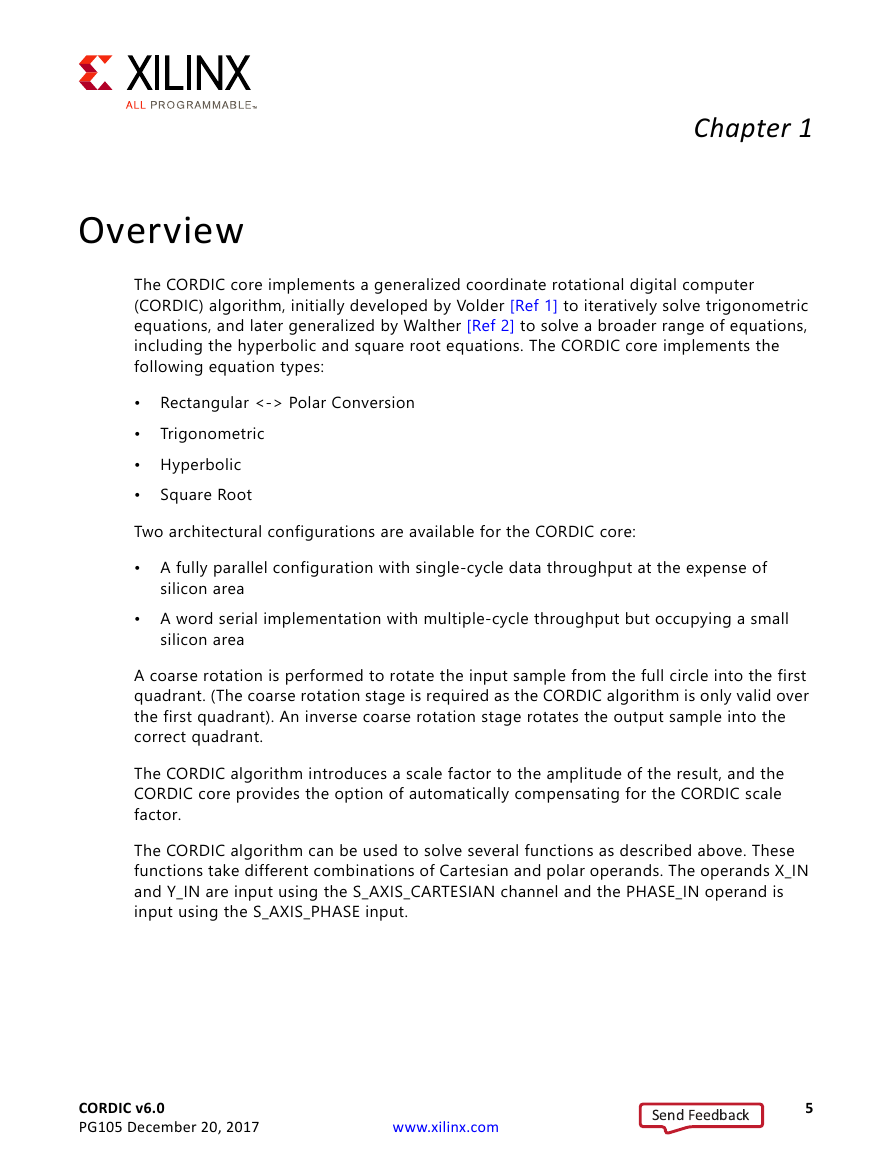
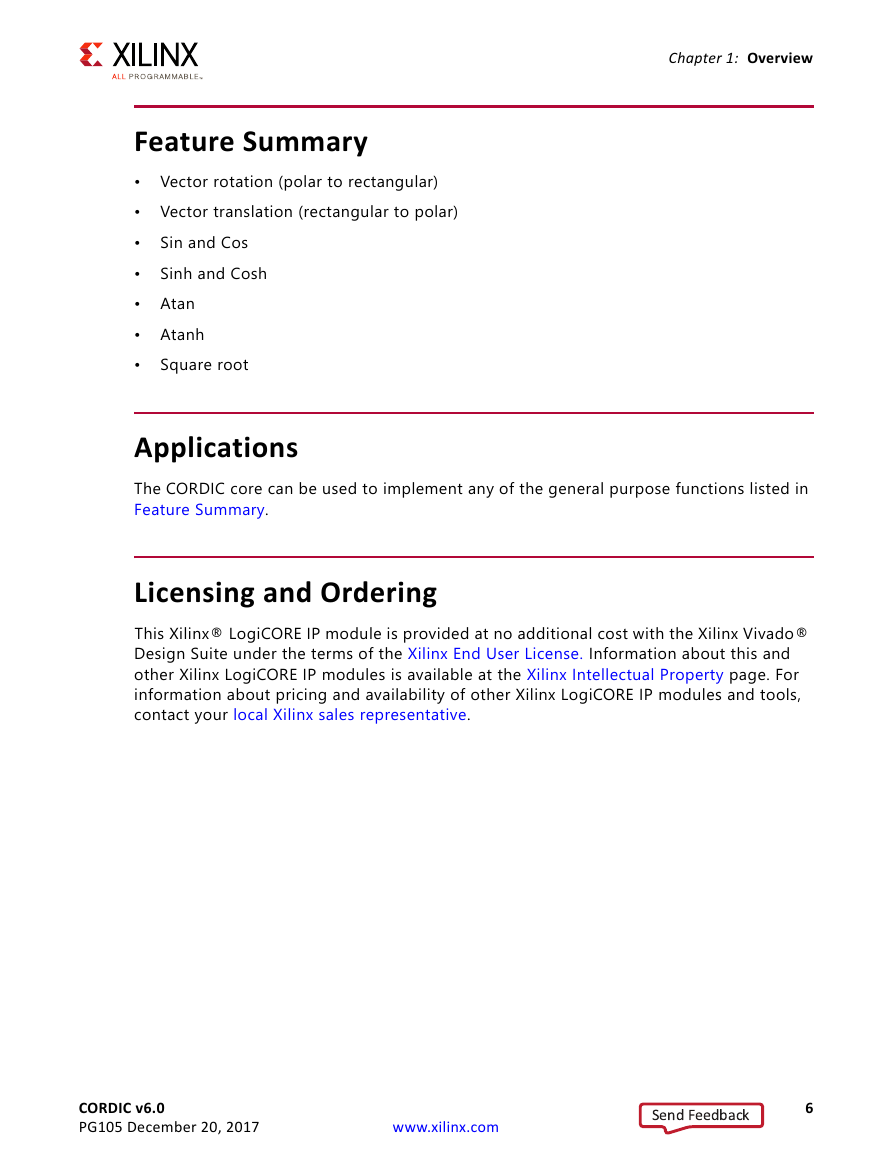
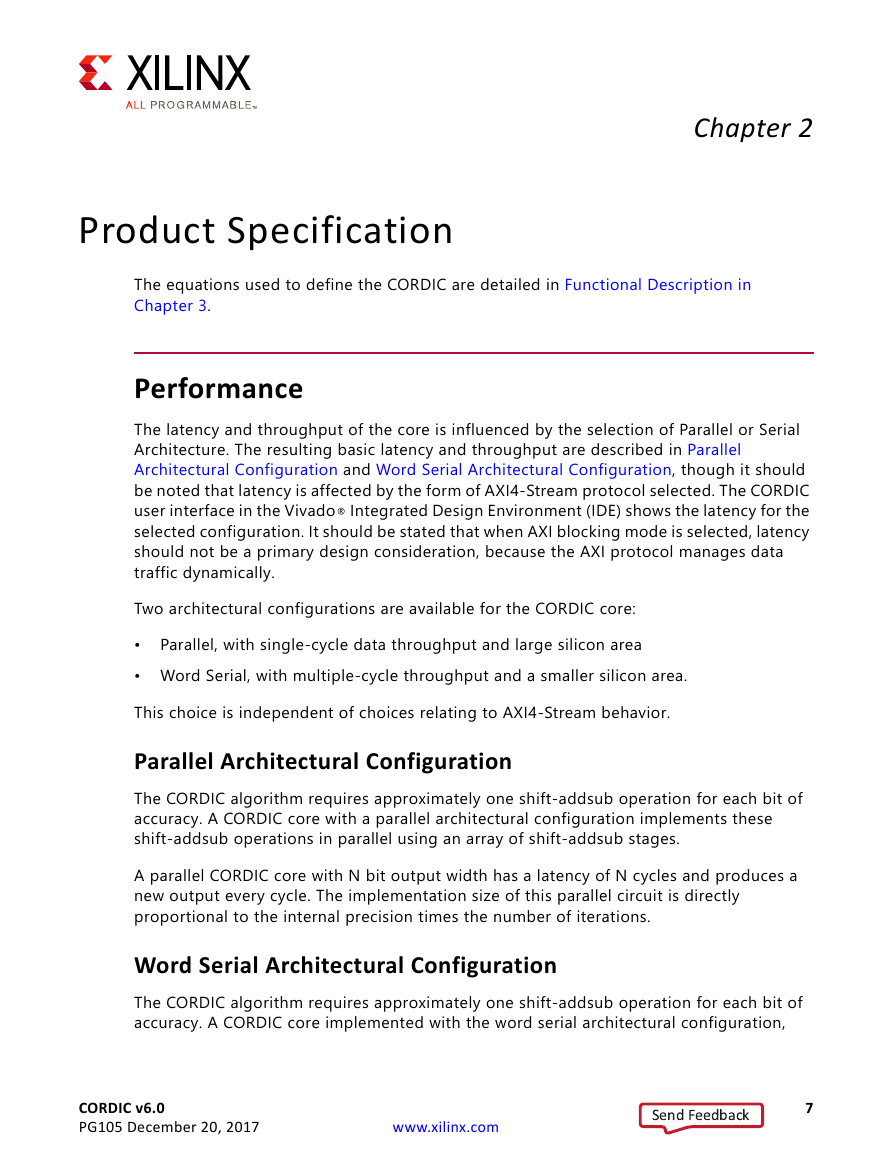
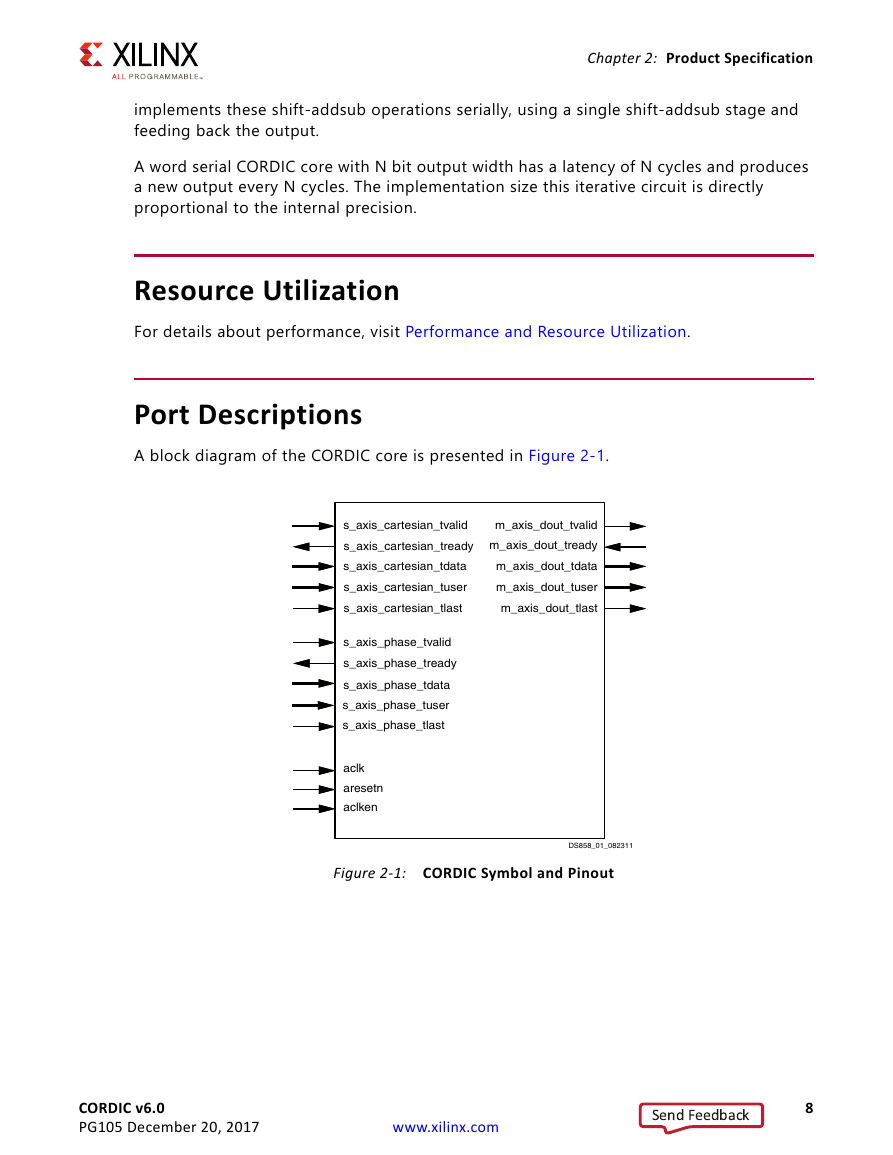








 2023年江西萍乡中考道德与法治真题及答案.doc
2023年江西萍乡中考道德与法治真题及答案.doc 2012年重庆南川中考生物真题及答案.doc
2012年重庆南川中考生物真题及答案.doc 2013年江西师范大学地理学综合及文艺理论基础考研真题.doc
2013年江西师范大学地理学综合及文艺理论基础考研真题.doc 2020年四川甘孜小升初语文真题及答案I卷.doc
2020年四川甘孜小升初语文真题及答案I卷.doc 2020年注册岩土工程师专业基础考试真题及答案.doc
2020年注册岩土工程师专业基础考试真题及答案.doc 2023-2024学年福建省厦门市九年级上学期数学月考试题及答案.doc
2023-2024学年福建省厦门市九年级上学期数学月考试题及答案.doc 2021-2022学年辽宁省沈阳市大东区九年级上学期语文期末试题及答案.doc
2021-2022学年辽宁省沈阳市大东区九年级上学期语文期末试题及答案.doc 2022-2023学年北京东城区初三第一学期物理期末试卷及答案.doc
2022-2023学年北京东城区初三第一学期物理期末试卷及答案.doc 2018上半年江西教师资格初中地理学科知识与教学能力真题及答案.doc
2018上半年江西教师资格初中地理学科知识与教学能力真题及答案.doc 2012年河北国家公务员申论考试真题及答案-省级.doc
2012年河北国家公务员申论考试真题及答案-省级.doc 2020-2021学年江苏省扬州市江都区邵樊片九年级上学期数学第一次质量检测试题及答案.doc
2020-2021学年江苏省扬州市江都区邵樊片九年级上学期数学第一次质量检测试题及答案.doc 2022下半年黑龙江教师资格证中学综合素质真题及答案.doc
2022下半年黑龙江教师资格证中学综合素质真题及答案.doc